With the winter season upon us and the weather turning cooler, I’m minded of items in the National Museums Scotland’s collection associated with winter and snow. There are things that help to keep us warm, help us travel, help us keep active and ways of getting about at this time of year. Here are a few of my favourite things – what would you choose?
Snow is glistening
If you’re heading out in frosty or snowy conditions and looking to wrap up warm from head to toe, you might like to try these cosy Canadian moccasins, fur coat or warm hat. The fur coat and the moccasins are both from Canada, and the felt hat from China, countries that have colder climates.
For 21st century style, how about some high heeled ankle boots made for Alexander McQueen or a space-like sweater by Pringle of Scotland – they’re sure to turn a few heads and keep you warm at the same time. Mind how you go in the boots though, you don’t want to be toppling over!
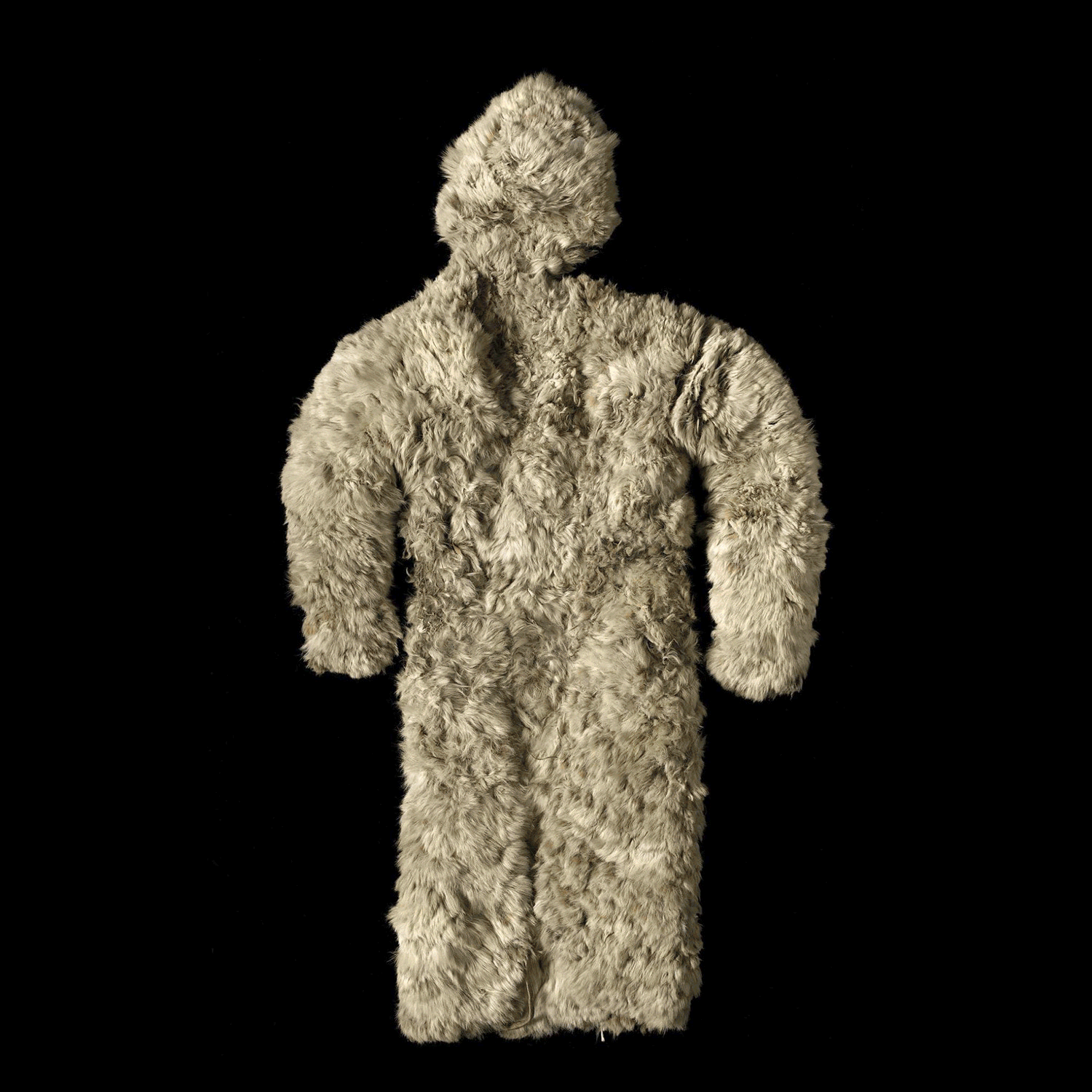
In the meadow we can build a snowman
Now that you’re wrapped up nice and snug, you can venture outside and take part in all those exciting winter activities. There are lots to choose from: ice skating, curling, skiing, ice hockey and tobogganing – this extraordinary watercolour of Winter Sports from Duddingston Loch from 1876 illustrates this really well.
Look closer at the snow shenanigans here. Nobody seems to be paying attention to the ‘Dangerous’ notice at the bottom of the picture. Just to the right-hand-side of this notice, a couple of ice hockey players are getting trampled on! The two policemen in the bottom right-hand corner are just looking on, having a laugh at the chaos in front of them, and over by the steps, on the left-hand side of the picture, it’s a complete free-for-all with skaters in all directions trying to stand up.
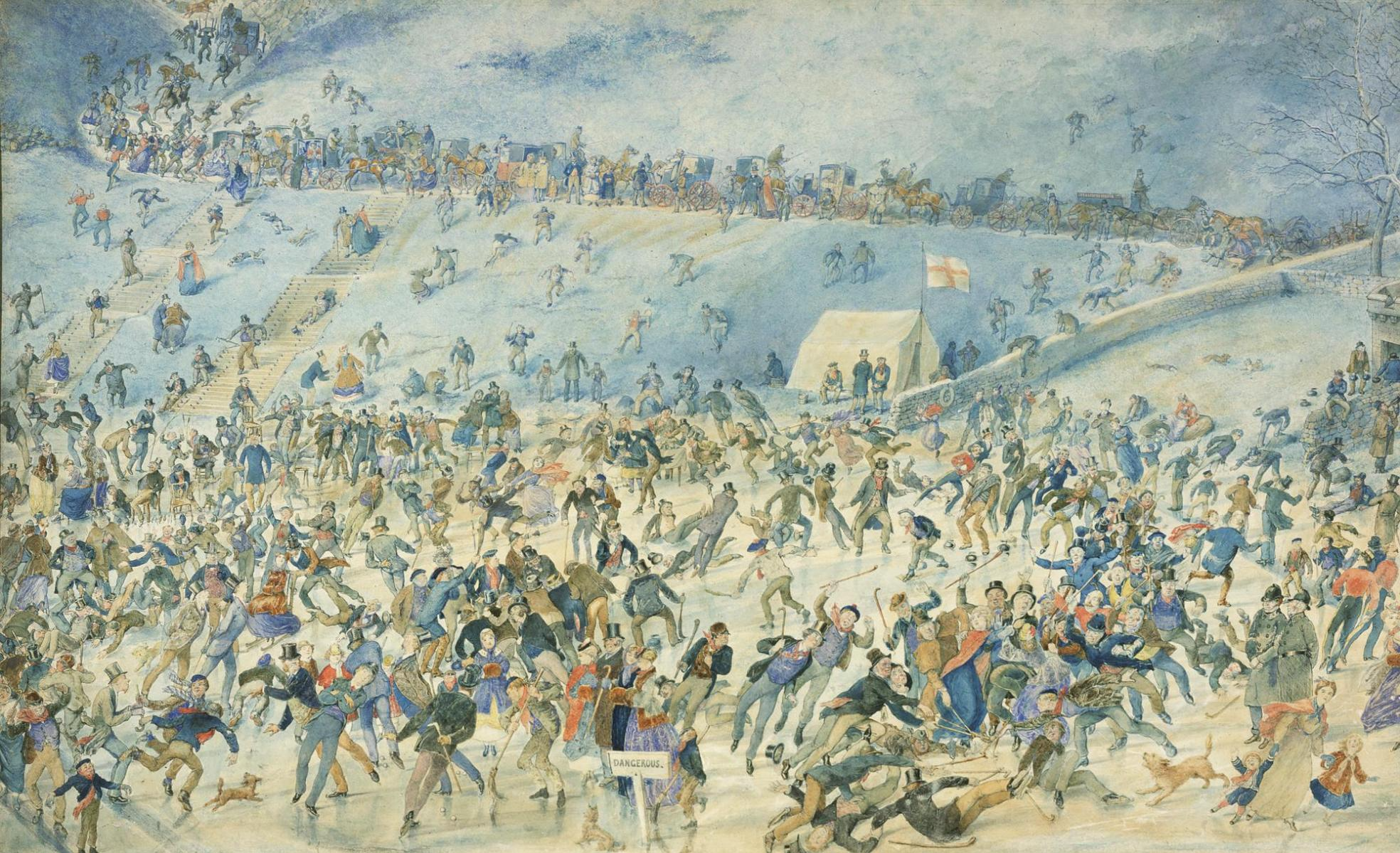
To assist you with your snow and ice activities, we have plenty of winter sports equipment to aid you. Attach some wooden ice skates to your feet and show your best crossover, twizzle or salchow moves on the ice. For a closer look at ice skating techniques, take some instruction from the 18th century Dutch ice skaters on this earthenware tile or the boy on an English earthenware figure. If more sedate ice activity is your thing, why not try out curling, as in this 19th century curling medal?
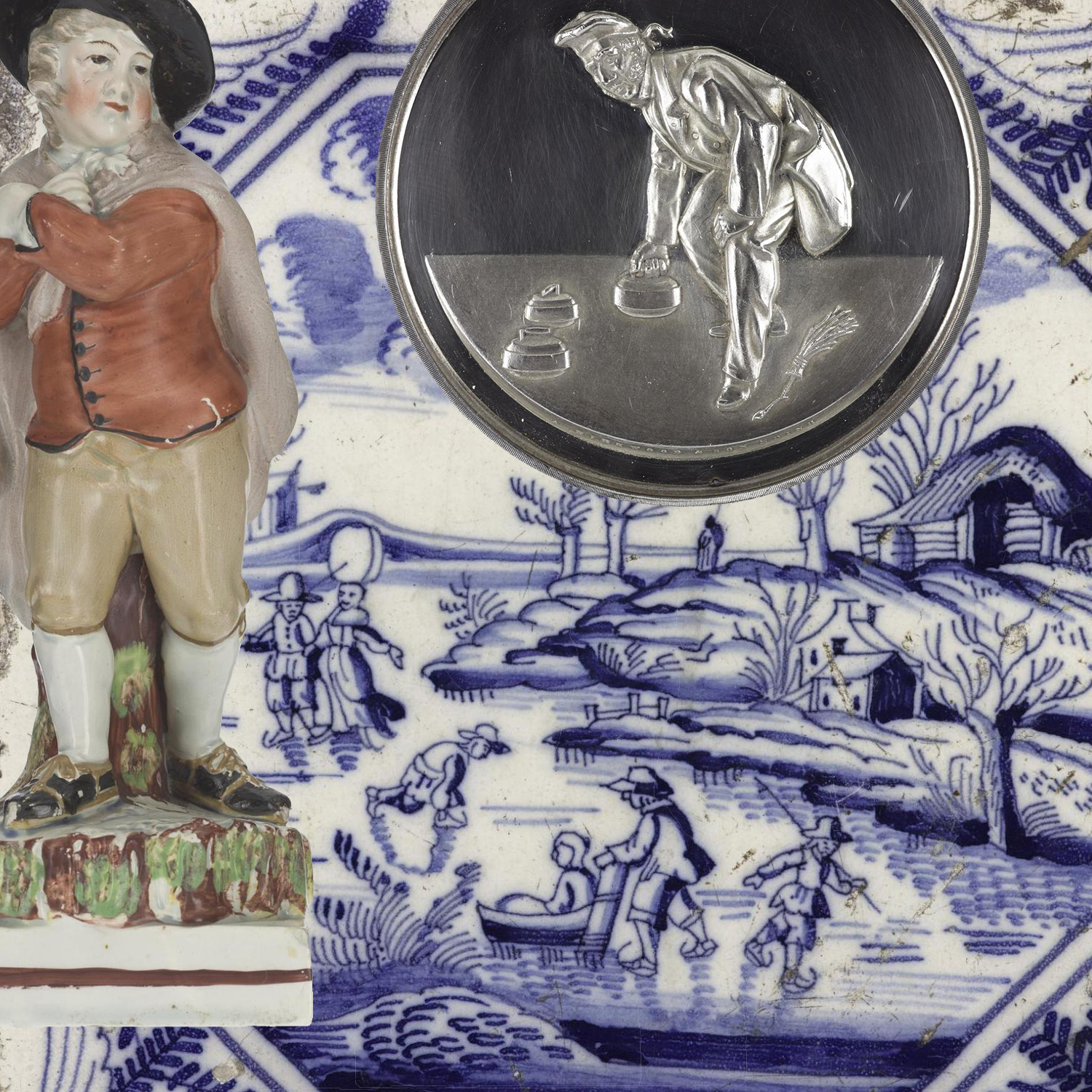
If downhill adrenaline is what you’re after, get on the piste with some pretty ski boots.
Sleigh bells ringing
You may also need some hints and tips of how to get around in the winter – our resident reindeer at National Museum of Scotland is specially adapted for traversing the snowy Arctic landscape – here she is flying in from Svalbard, Norway.
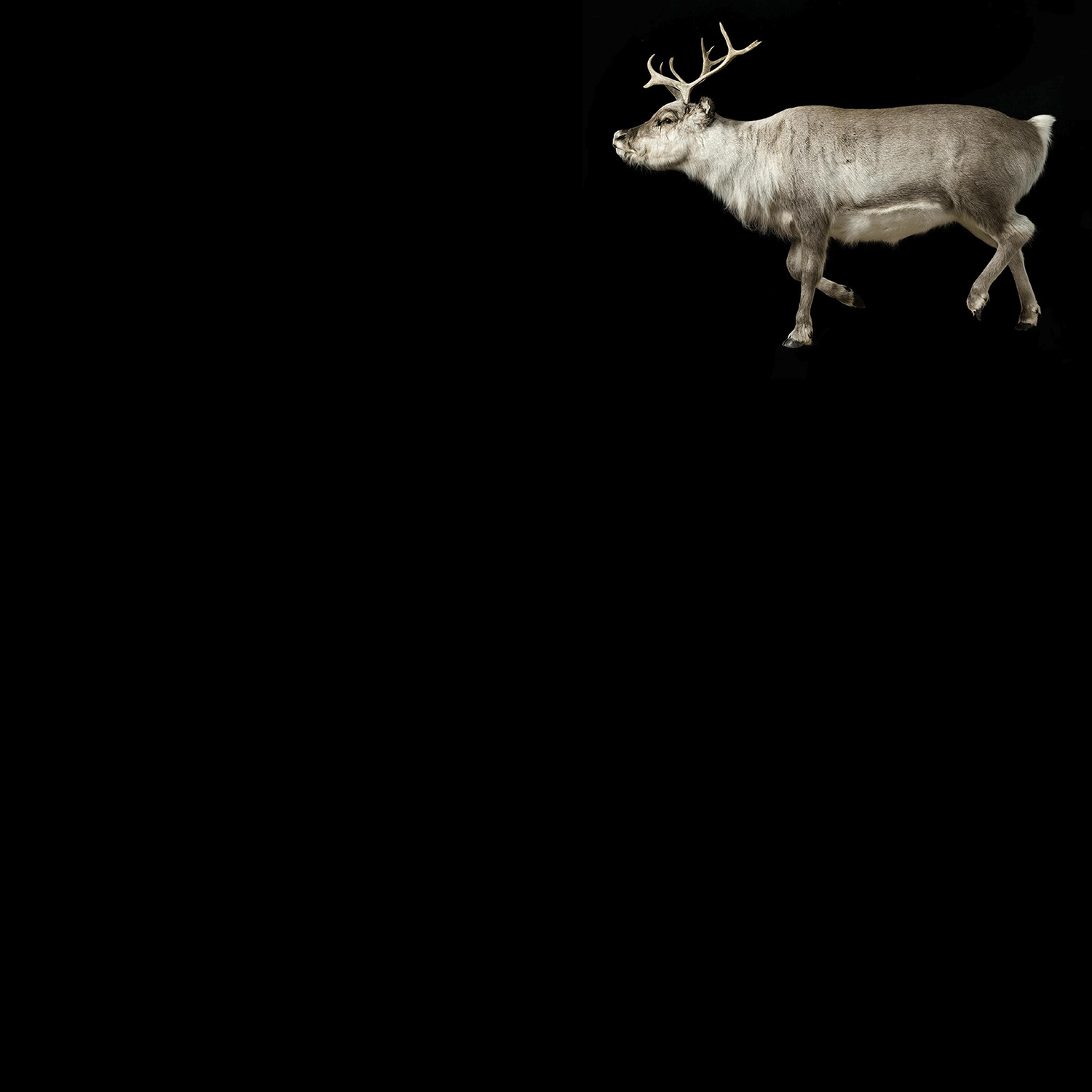
If walking in a winter wonderland is your thing, you’ll not go far wrong with some snowshoes and a stick. Arctic explorer Dr John Rae used these snowshoes in the winter of 1851 during his Arctic exploration. Rae was one of the many Scots who explored the Arctic. He is particularly remembered for his role in the search for Sir John Franklin’s missing Arctic team, as well as for his unique polar survey and exploration work. An Orcadian who studied medicine at Edinburgh, Rae left for Canada as ship’s surgeon on one of the Hudson’s Bay Company fleet. Once there he undertook several arduous journeys, many of which involved detailed coastal surveys of previously unrecorded areas. Rae’s greatest strength was to learn from Native American and Inuit companions techniques for survival by living off the land.
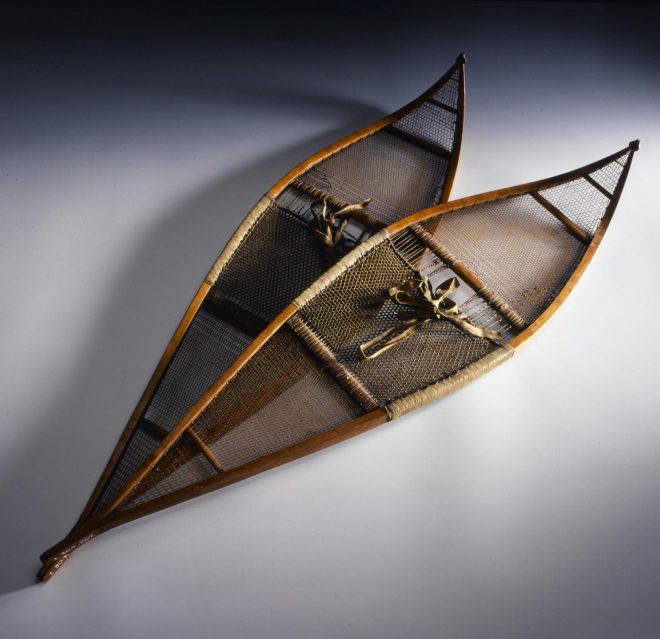
Travelling across the snowy landscapes in the 20th century became much quicker with the aid of motorised vehicles. So, if speed is what you’re after, our snowmobile is a worth a try!
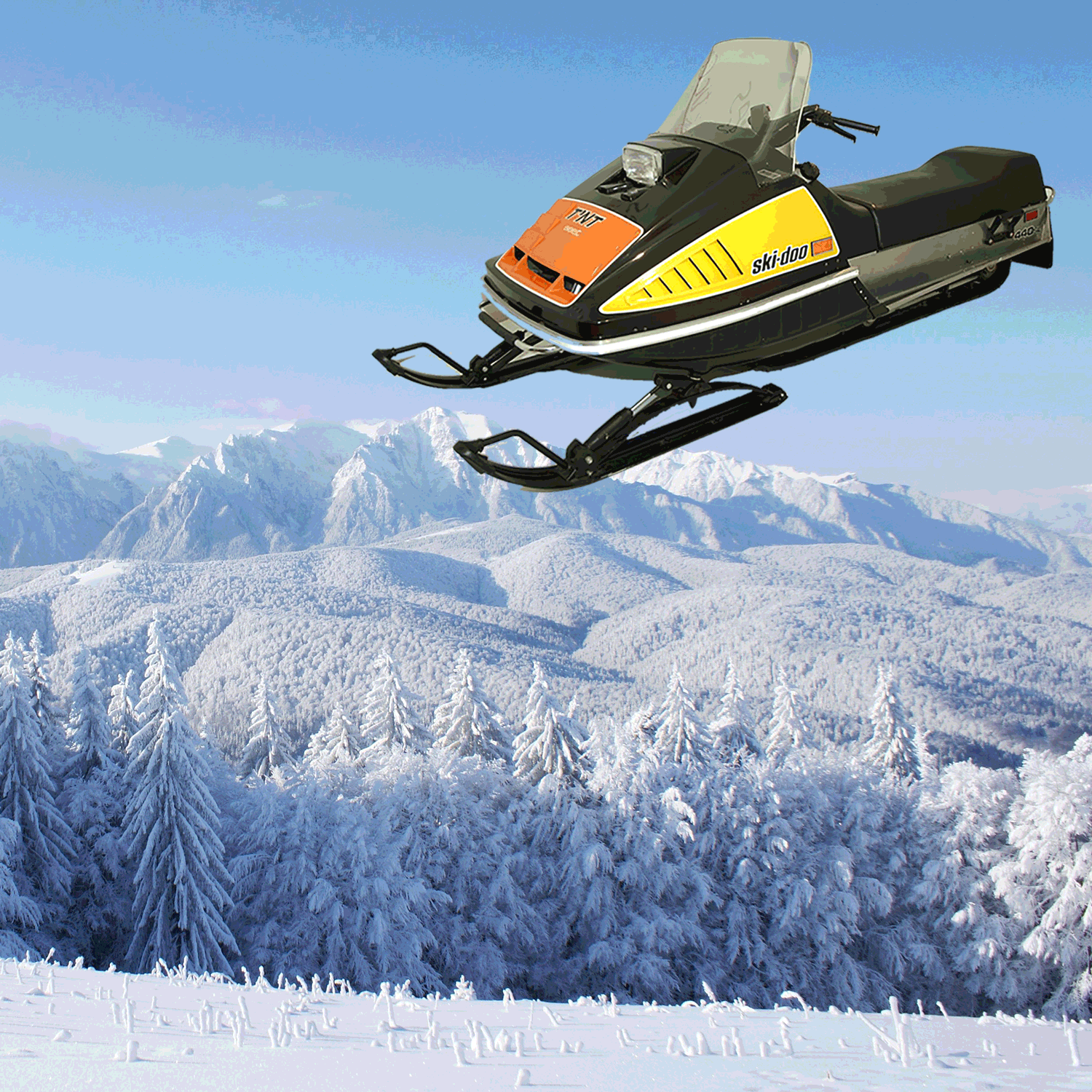
I do hope my winter wonderland exploits have encouraged you to get out and about this season. Do make a point on your next visit to the National Museums Scotland’s sites to explore the fantastic winter objects we have in our collection. Which one is your favourite? Do share with us!
But whatever you do, wrap up, have fun and keep safe out there in the winter wonderland!
